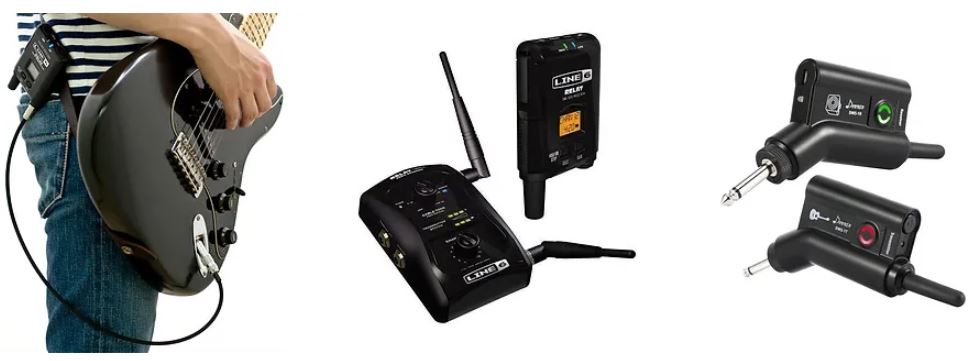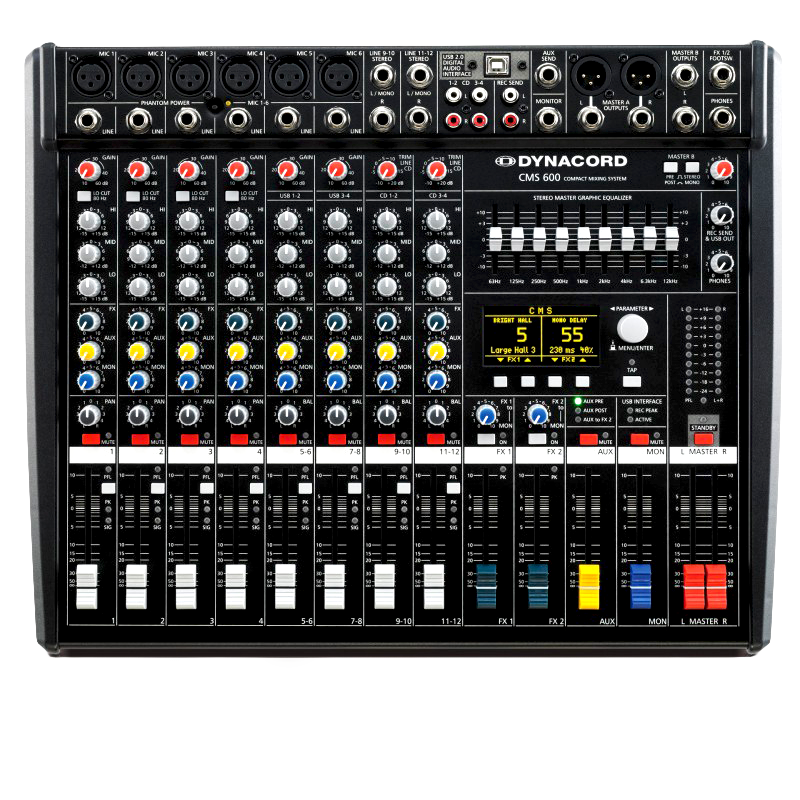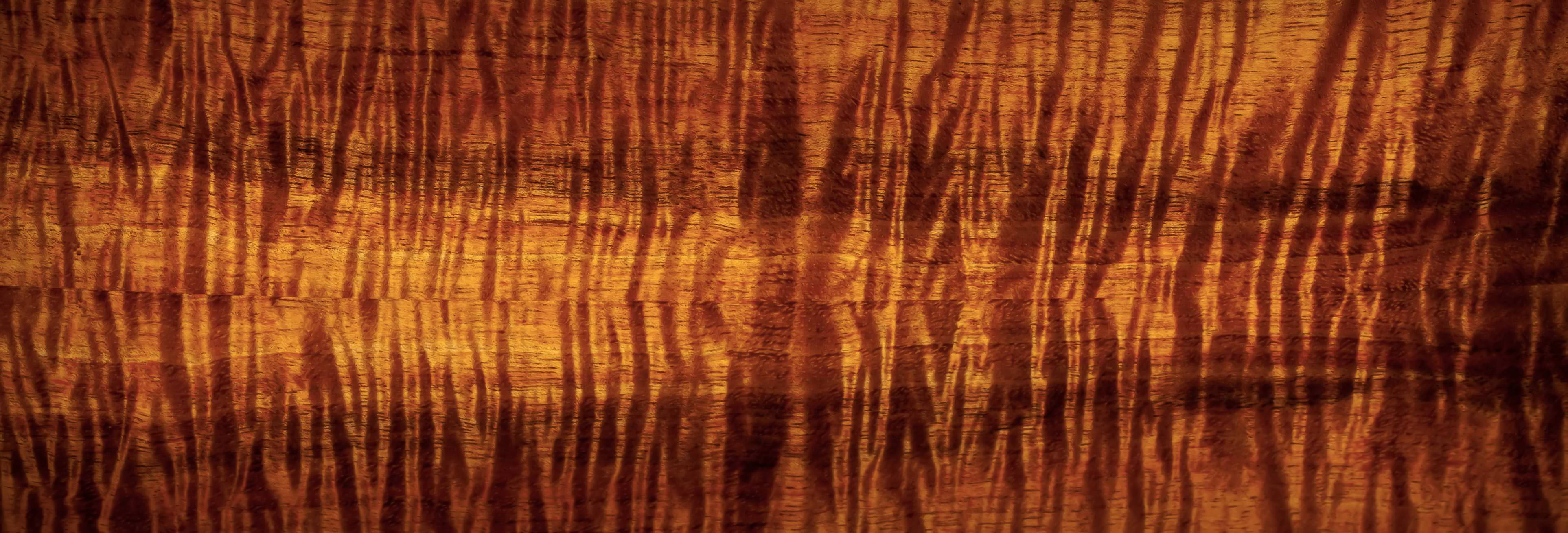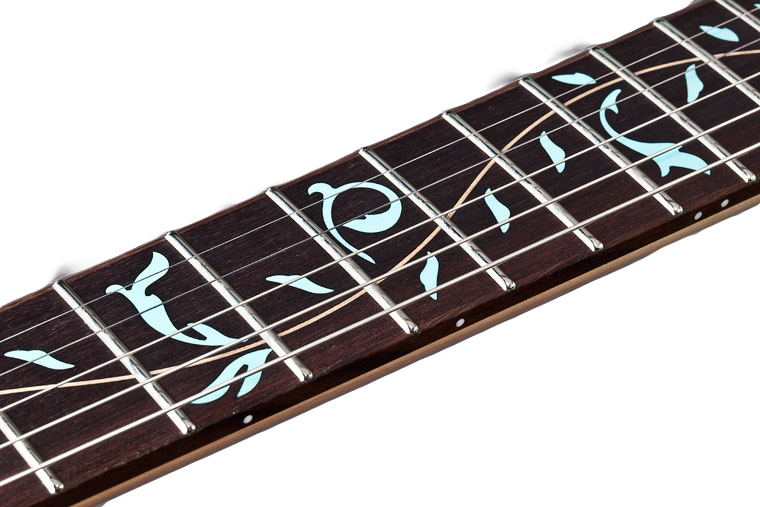Cables
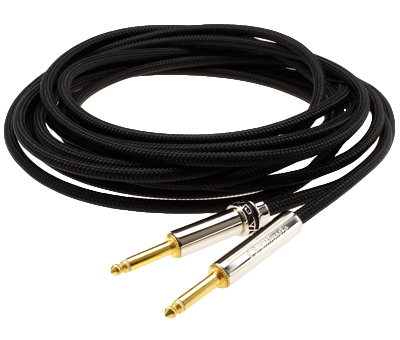
Cables
CABLES

THE PURPOSE OF CABLES
You are definitely going to be exposed to a variety of different cables during your guitar playing career, especially if you're playing an electric guitar that has a lot more plugin's than an Acoustic i.e. Amps, pedals etc. Cables are used to interconnect various musical devices using the male end of the jack to insert into female sockets based on particular sizes, joining them to produce an overall sound, released through the connection process.
It's a good idea that you have a full understanding of the various cables you'll encounter as you're going to need to know what cabling to use to ensure a good sound is produced, because yes, cables can affect the sound too!
AUDIO CABLES
Jacks are the connectors used to connect audio equipment together. Simply a jack is the end of a cable that is inserted and connected to another audio device. Jacks can be bought separately for the purpose of interconnecting other jacks - meaning that a jack can be bought with 6.3mm Jack plug and a 3.5mm socket for inserting and interconnecting cables.
Let's view the different jacks found on cables: -
JACK TYPES: -
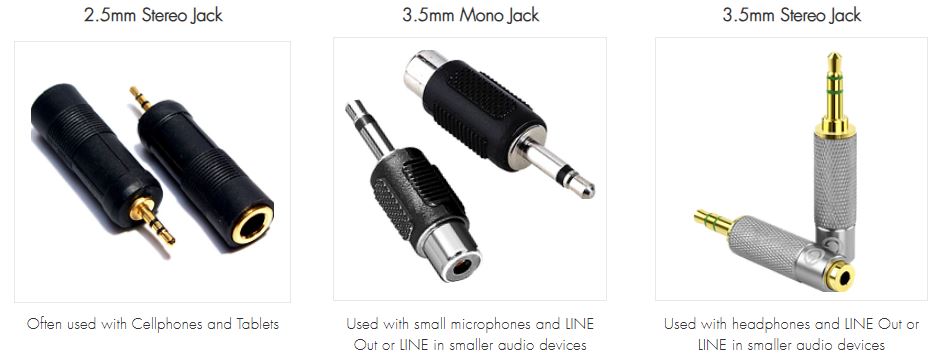
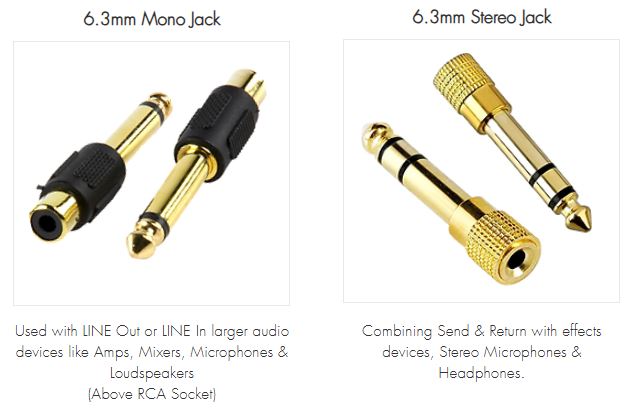
JACK | CONNECTOR: - CONSTRUCTION & PARTS
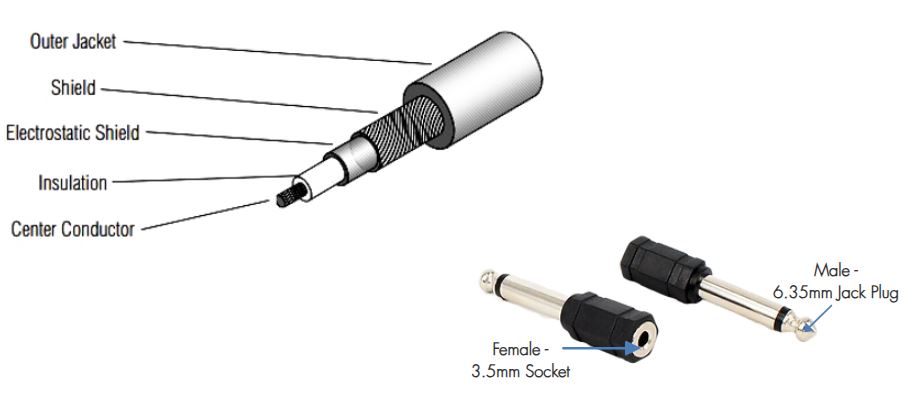
Parts: -
Center Conductor
- This carries the audio signal via an electrical current.Insulation
- This isolates and contains the current from other parts.Electrostatic Shield
- Used to reduce handling noise when the cable is flexed.Braided Copper Shield
- Blocks outside sources interference.Outer Jacket
- This protects the internal parts and gives the jack an overall finish appearance.
IDENTIFYING MONO | STEREO | 4-POLE

https://en.wikibooks.org/wiki/Guitar/Cables
SOME ATTRIBUTES THAT AFFECT PERFORMANCE - To Consider
There is a vast variety of cables offered with different specs and features. As with everything, there is the budget friendly price range up to the more pricey options. Mainly the materials used for cables is what would generally push the pricing structure up somewhat. The more reliable the materials, obviously the more durable and reliable the cable. Cables can affect your overall performance, so it's important to consider a few points when deciding on the cables you'll use in your set up: -

LENGTH
The Length of cable can play a vital role in terms of sound quality and comfortability. Something important to understand about cables, is that the longer the cable becomes, the increased chances of a noisier more unbalanced sound received.
Cables generally range from 3; 6; 10; 15; 20; 30 feet and more (1m; 1.83m; 3m; 4.57m; 6;1m & 9.1m). If you extend further than 20-25 feet, you will typically be placing your sound at risk of the above concerns.
With this said, you also don't want a cable that is too short either, finding yourself in a situation where you're tugging and pulling and restricted from moving around too much.
It really does depend on your situation and the quality of the cables that will help determine your length, but a good average would generally be about 15-20ft | 4.57 - 6m.
CONNECTING ENDS
The connecting ends - "Jack connectors" are very important components to a cable. The jack connector has a joint piece that attaches to the cable itself. A lot of pressure is applied to this particular part of a cable with strain felt each time it's plugged in and pulled out or the is yanked on.
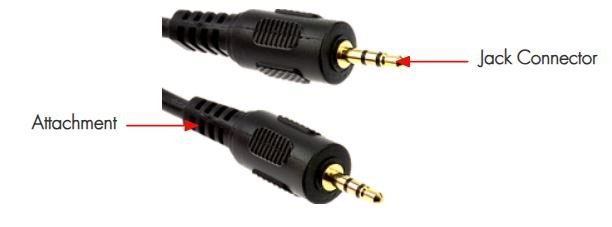
Connector Quality: -
Gold-plated has been rated the superior material used on connectors, simply because it's less-corrosive & lasts longer without tarnishing than the other connector materials used which are nickel & silver. In terms of sounds & tones, the materials really don't have any differences.
CONNECTOR | INTERNAL COMPONENTS
Conductor Material: - Scientific testing & listening tests have suggested a real difference in overall improved performance, better conductivity and a cleaner signal with materials like oxygen-free copper or linear-crystal copper versus the standard copper used.
Conductor Design: - There are two types of centre conductors that can be found in guitar cables: -
Solid Conductors: - consist of a single solid wire. These are cheaper, simpler to solder and are more prone to break more easily - meaning they are weak in durability.
Stranded Conductors: - Consist of many strands of fine copper fibres that are twisted together into a solid piece for the center. These conductors are stronger, more flexible and also more expensive than the solid conductors.
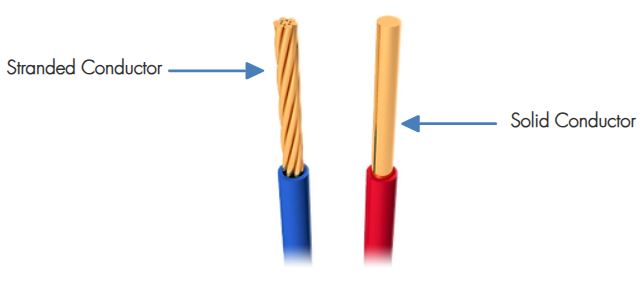
The gauge | thickness of the copper strands are measured in units of (AWG) - American wire gauge; and can be somewhat confusing as with these measurements, the bigger the number actually indicates a smaller size fiber.
So as an example: -
* Solid conductors - (18 - 24 AWG)
* Standard | individual conductors - (32 - 36 AWG)
* Premium Stranded conductors - (up to 40 AWG)
From this you should understand that premium stranded conductors will typically have a higher AWG, identifying the gauge of the many fine copper wires used to turn together for the center, resulting in a stronger more flexible cable.
Shielding: -
Guitar cables are quite vulnerable and attract interference from radio frequencies and magnetic fields from nearby equipment more easily.
To help block this and prevent this pesky problem, there are three different types of shields that are used: -
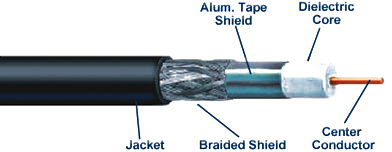
* Braided Shielding
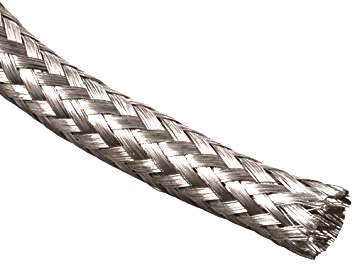
This type of shielding offers the maximum on strength, making it very durable and is excellent with shielding both EMI - (Electromagnetic Interference) & RFI - (Radio Frequency Interference). This type of shielding material is the more expensive option of the three.
* Spiral Shielding
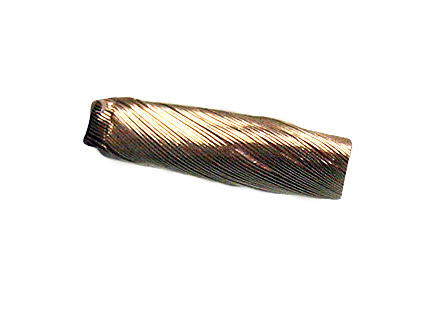
The spiral type shielding provides quite a good shield considering it is the more budget friendly option; plus it's a lot more flexible than the braided materials which is quite a bit firmer and stiffer when bending.
* Foil Wrap Shielding
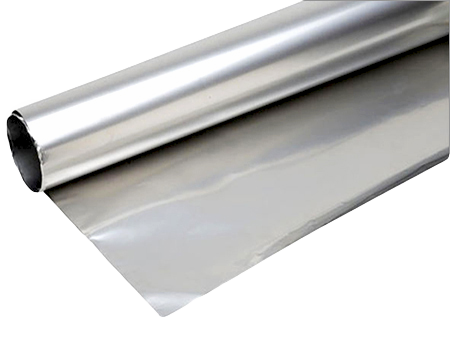
Foil shielding offers minimal shielding from EMI & RFI interference. It is also not very durable and is the cheapest option of the three types. Nevertheless, it is still a lightweight material that is more flexible than both of the the other options. It also provides 100% cable coverage making it great with electrostatic shielding.
Electrostatic Shielding: -
Electrostatic Shielding is when static electricity is generated through friction occurring between the insulation and copper shield of the conductor.
Electrostatic is heard mainly with budget friendly cables; projecting annoying crackling sounds when the cables are moved around.
This is mainly because such cables have not had electrostatic shielding applied in the design, preventing the issue.
Electrostatic Shielding is typically a shield placed between the insulation & copper shield. There are two types of materials used for this type of shielding: -
* Dacron

* Conductive PVC
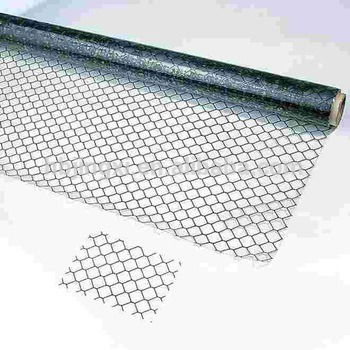
C-PVC is thinner, more flexible, provides better conductivity and offers coverage at a consistent thickness with minimal friction compared to Dacron; making PVC the more popular option amongst the two.
XLR CONNECTORS
XLR Connectors are a durable and popular plug design, preferred amongst professionals with recorded and non-recorded performances, and are primarily found on professional audio, video, and stage lighting equipment. The connector is circular in design with 3 to 7 pins / pin holes (Female & Male Connections).
3 Pin XLR Connector - (XLR3)
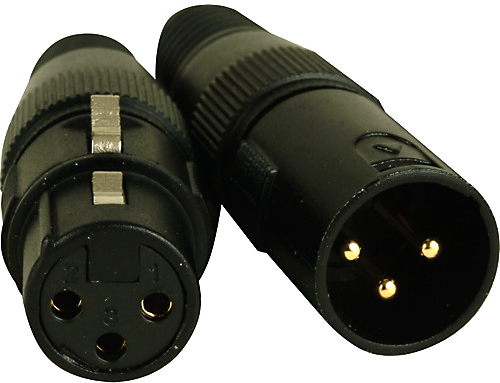
The XLR3 is the most common and popular style, and are the industry standard for balanced audio signals. You will find that the 3 pin connectors are used on a great majority of professional microphones and are also used to interconnect powered speakers with Line-level signals, commonly seen in PA system applications.
4 Pin XLR Connector - (XLR4)
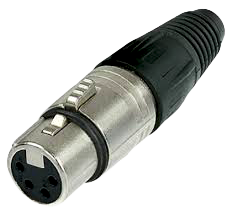
The 4 Pin XLR Connectors are used in a variety of applications with each pin assisting a particular purpose. A good example is that the XKR4's are the standard connector used for intercom headsets; 2 pins are used for the mono headphone signal while the other 2 pins are used for the unbalanced microphone signal. Other uses include video camera's and stage lighting equipment.
5 Pin XLR Connector - (XLR5)
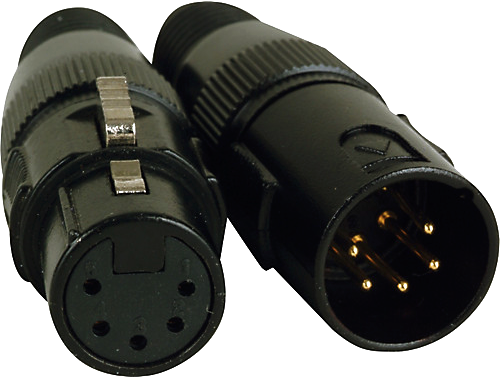
The 5 Pin XLR connectors are mainly used with DMX512 digital lighting control; Stereo microphones & Stereo intercom headsets with 3 pins used for stereo headphone signal & 2 pins for the unbalanced microphone signal. Also commonly used for DC power in audio equipment.
6 Pin XLR Connector - (XLR6)
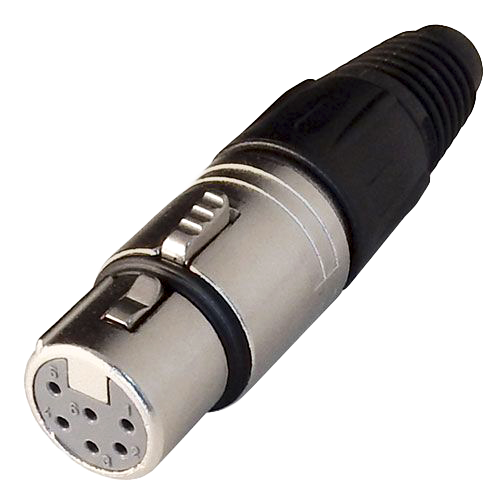
The most common uses of XLR6's is with dual channel intercom systems, stage lighting applications and professional stereo headsets with a balanced microphone - each pin function broken down as follows: - Pin 1: Mic High | Pin 2: Mic Low | Pin 3: Headphone Common | Pin 4: Headphone Left | Pin 5: Headphone Right | Pin 6: Mic Ground.
7 Pin XLR Connector - (XLR7)

This particular XLR connector is predominantly used to connect (valve) tube condenser microphones to their power supplies.
https://en.wikipedia.org/wiki/XLR_connector

MIDI CABLES
Midi Cables is a 5 pronged cable that is used almost exclusively for the transmission of midi signals between music instruments, amplifiers and computers. Devices will usually have a seperate Midi In and Midi Out connection; this is because midi messages are one way traffic cables, allowing a cable to carry in only one direction, hence 2 midi cables are needed.

https://en.wikipedia.org/wiki/XLR_connector
WIRELESS GUITAR SYSTEMS
Wireless Guitar Systems are becoming a more popular option in the modern era, providing absolute freedom on stage where watching your cable & being restricted to it, is a thing of the past! Quality, durability and design are all key factors to a reliable wireless system.
